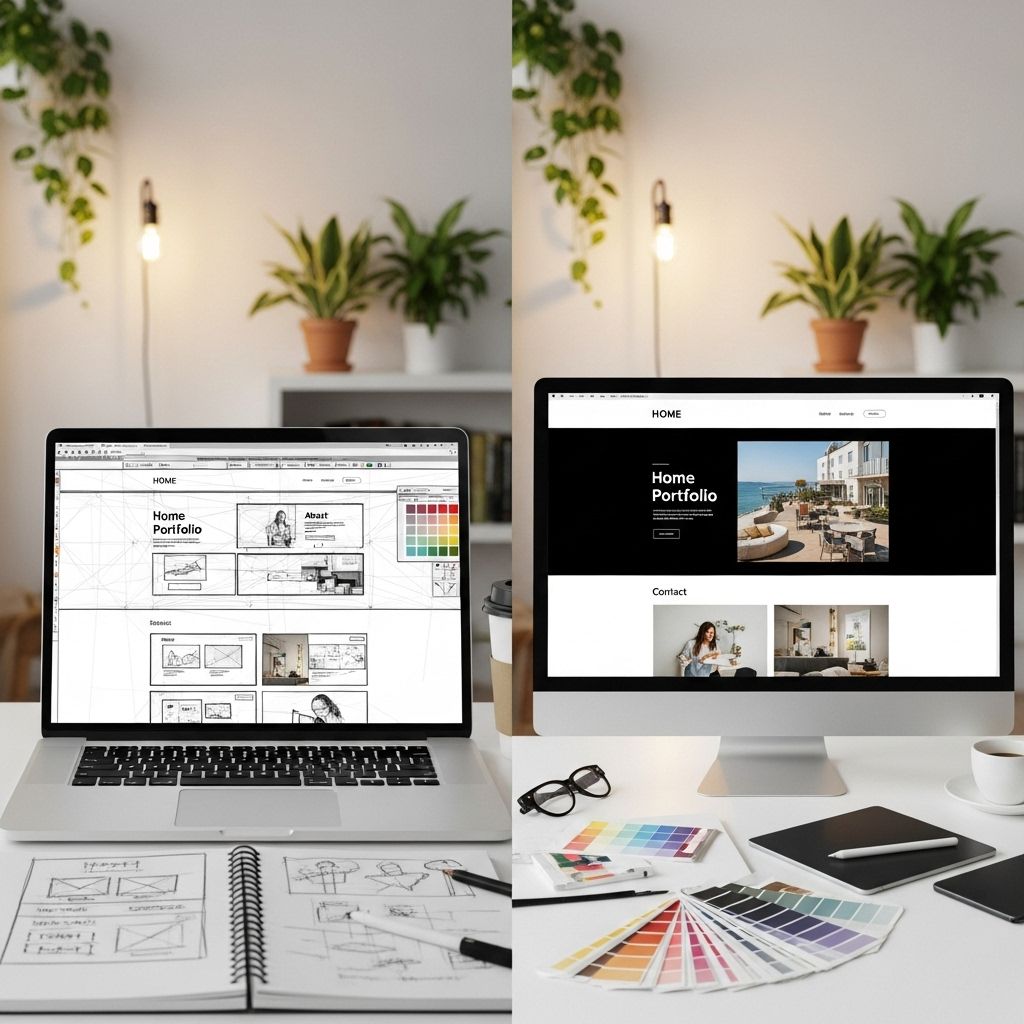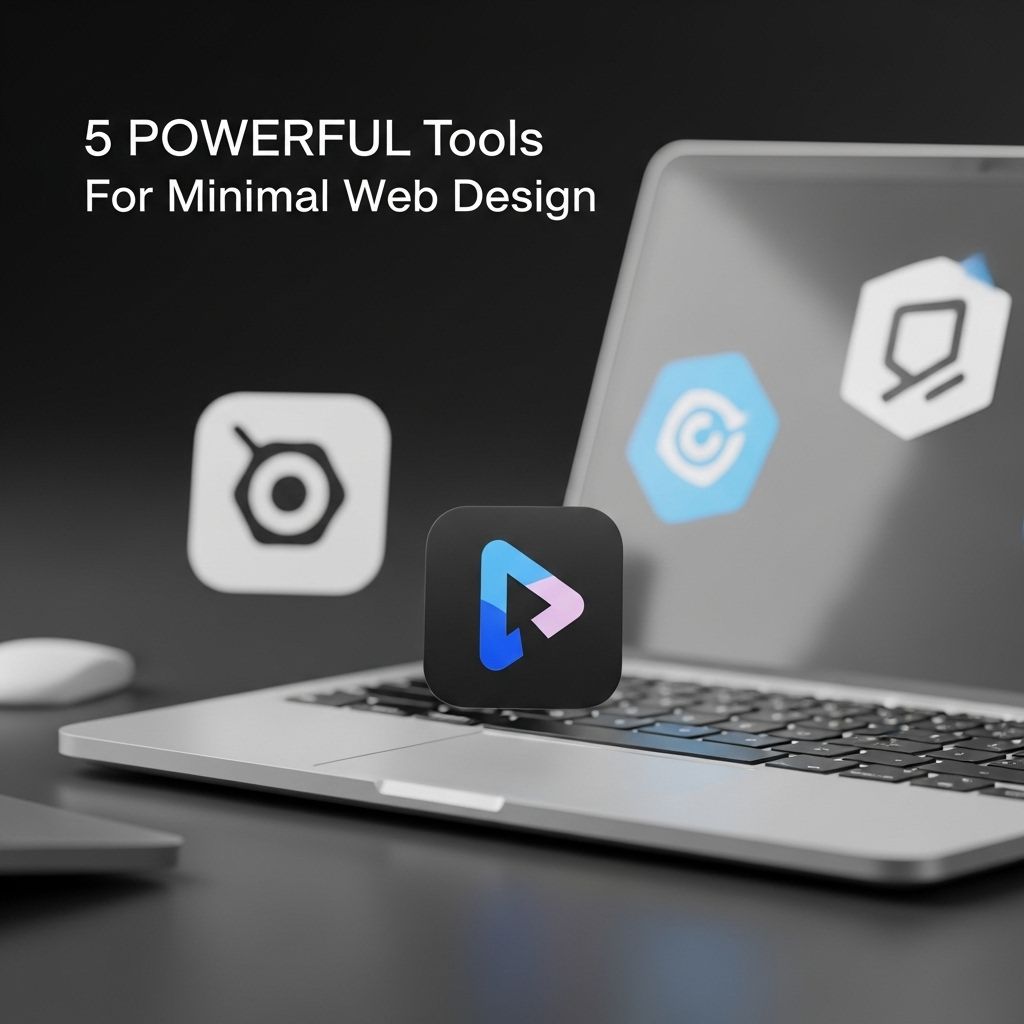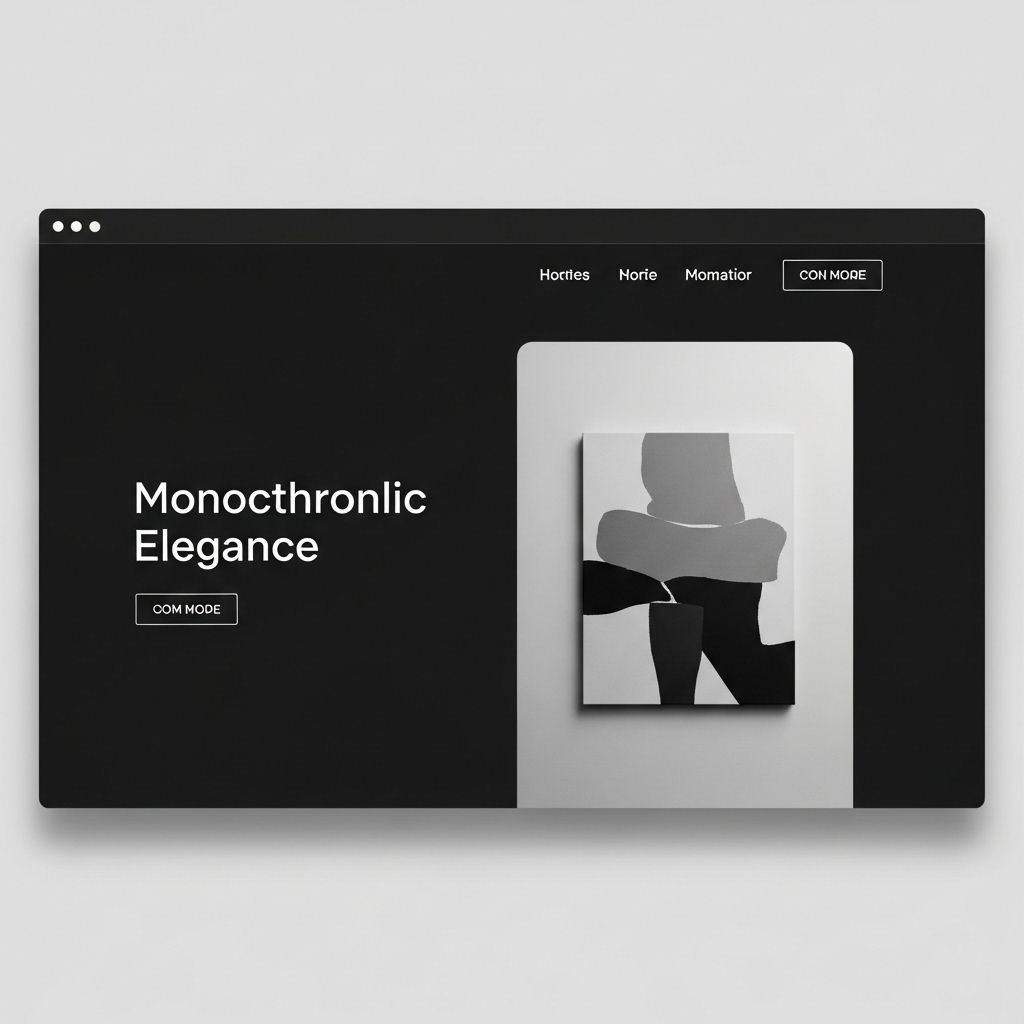Creating a portfolio website is an essential step for any professional looking to showcase their skills, projects, and accomplishments in the digital realm. Whether you’re a graphic designer, developer, photographer, or any other creative professional, having an online portfolio can make a significant difference in how you present yourself to potential clients and employers. In this guide, we will explore the key elements and steps involved in designing a compelling portfolio website that not only reflects your personal brand but also engages your audience effectively.
Understanding Your Audience
Before diving into the design process, it’s crucial to understand who your audience is. Knowing your target audience will help you tailor your portfolio to meet their expectations. Consider the following questions:
- Who are the people that will view my portfolio?
- What industries do they work in?
- What specific skills or experiences are they looking for?
By defining your audience, you can create content that resonates with them, making it more likely that they will engage with your work.
Choosing the Right Platform
Your portfolio website can be built using various platforms, each offering unique features and functionalities. Below are some popular options:
- WordPress: A highly customizable platform with numerous themes and plugins.
- Wix: A user-friendly drag-and-drop website builder ideal for beginners.
- Squarespace: Offers beautifully designed templates that are perfect for creative professionals.
- GitHub Pages: Great for developers, allowing you to host static websites directly from your GitHub repository.
Key Features to Consider
When selecting a platform for your portfolio, consider the following features:
- Ease of Use: Choose a platform that allows you to easily update and maintain your portfolio.
- Customization Options: Look for templates and themes that align with your personal brand.
- Mobile Responsiveness: Ensure your site looks great on all devices.
- SEO Tools: Incorporate tools to help your site rank well on search engines.
Designing Your Portfolio
The design of your portfolio should not only be visually appealing but also functional and easy to navigate. Here are some key design elements to consider:
1. Layout and Structure
Choose a layout that enhances user experience. Common layout styles include:
| Layout Type | Description |
|---|---|
| Grid Layout | Organizes projects in a visually appealing grid format, suitable for showcasing images. |
| Single Page Layout | All content is on one page, allowing for easy scrolling and quick access to different sections. |
| Multi-Page Layout | Breaks content into several pages, making it easier to categorize and navigate. |
2. Color Scheme and Typography
Your choice of colors and fonts can significantly influence the perception of your portfolio. Consider the following:
- Color Psychology: Use colors that reflect your brand personality. For instance, blue conveys trust, while red evokes excitement.
- Font Selection: Choose clear, readable fonts that align with your visual identity. Limit yourself to two or three font styles for consistency.
3. Imagery and Graphics
High-quality images are essential for a visually stunning portfolio. Here are some tips:
- Use professional photos of your work that highlight your skills.
- Incorporate graphics or illustrations that complement your projects.
- Avoid using generic stock images; instead, opt for original content that showcases your unique style.
Showcasing Your Work
The primary purpose of your portfolio website is to display your work. Here are strategies to effectively showcase your projects:
Project Descriptions
Each project should include a detailed description covering:
- Project Overview: A brief summary of the project goals and outcomes.
- Tools and Technologies Used: Highlight the specific skills and software you utilized.
- Challenges and Solutions: Discuss any challenges faced during the project and how you overcame them.
Case Studies
For high-stakes projects, consider creating case studies that provide an in-depth look at your process. This can include:
- Research and planning phases
- Design iterations and feedback
- Final outcomes and lessons learned
Including Personal Branding Elements
Your portfolio should reflect your personal brand. Include the following elements:
1. Logo and Tagline
Design a professional logo and create a tagline that encapsulates your skills or services.
2. About Me Section
A brief introduction about yourself can help visitors connect with you on a personal level. Include:
- Your background and experience
- Your design philosophy or approach
- Personal interests that relate to your work
3. Contact Information
Make it easy for potential clients or employers to reach you. Include:
- Email address
- Social media links
- A contact form for inquiries
Optimizing for Performance and SEO
To ensure that your portfolio is discoverable and performs well, consider the following:
1. Page Speed Optimization
A fast-loading website is crucial for user experience. Utilize the following techniques:
- Optimize image sizes before uploading
- Minimize the use of heavy scripts
- Use a reliable hosting service
2. Search Engine Optimization (SEO)
Implement SEO best practices to improve your website’s visibility:
- Utilize relevant keywords in project descriptions
- Use alt text for images
- Maintain a blog to share insights related to your work
Conclusion
Designing a portfolio website is a significant investment in your professional future. By understanding your audience, choosing the right platform, and implementing effective design strategies, you can create a portfolio that stands out in a crowded marketplace. Remember to continuously update your portfolio with new work and insights to keep it fresh and engaging. With dedication and creativity, your portfolio website can become a powerful tool in advancing your career.
FAQ
What is a portfolio website?
A portfolio website is an online platform that showcases an individual’s work, skills, and achievements, typically used by artists, designers, photographers, and other creative professionals.
Why do I need a portfolio website?
A portfolio website helps you present your work professionally, attracts potential clients or employers, and serves as a digital resume that can be easily shared.
What should I include in my portfolio website?
Your portfolio website should include a homepage, an about section, a gallery of your work, a resume or CV, and a contact form to facilitate inquiries.
How do I choose the right platform for my portfolio website?
Consider factors like ease of use, customization options, cost, and whether the platform supports multimedia content when choosing a platform for your portfolio website.
How can I optimize my portfolio website for search engines?
Optimize your portfolio website by using relevant keywords, writing descriptive alt tags for images, creating quality content, and ensuring fast loading times and mobile responsiveness.
What design tips should I follow for my portfolio website?
Keep the design clean and simple, use high-quality images, maintain consistent branding, and ensure easy navigation to enhance user experience.




